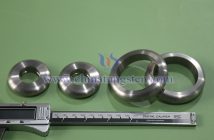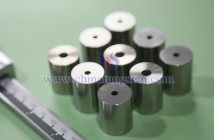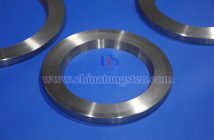Within the broad field of transition metal compounds, ferrous tungstate (FeWO?) stands out as a representative example of an iron-group element combined with tungstate, gaining prominence in chemical and materials science research due to its unique physicochemical properties and versatile application potential. This tungstate, formed by Fe2? and (WO?)2?, not only inherits the magnetic commonality of iron-group elements but also exhibits rich functional characteristics due to the introduction of the tungsten-oxygen framework, opening new pathways in catalysis, energy storage, and inorganic material preparation.
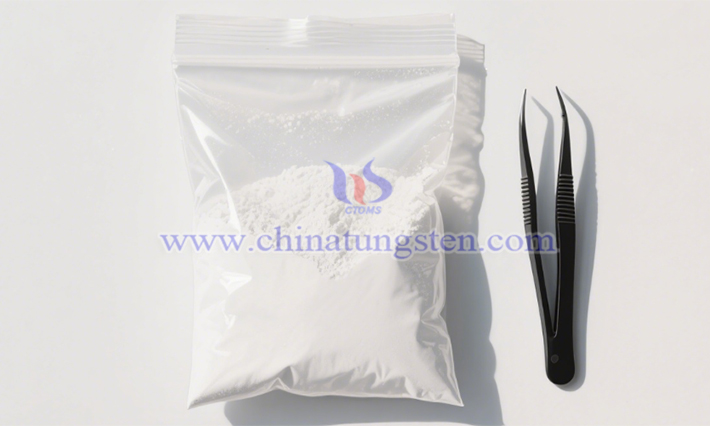
The chemical composition of ferrous tungstate traces back to its elemental origins: as a fourth-period, Group VIII iron-group element, iron (atomic number 26) belongs to the same transition metal family as cobalt and nickel, all sharing ferromagnetic properties and similar valence electron configurations. When Fe2? combines with tungstate ions [(WO?)2?], it forms FeWO? crystals with an orthorhombic structure, boasting a molar mass of 303.68. From a crystal structure perspective, the tetrahedral configuration of the tungstate ion interacts with the coordination environment of Fe2?, contributing to its density of 7.5 g/cm3 and insolubility in water. These properties enable its stable presence in natural minerals like wolframite and provide a structural basis for synthetic production.
The typical preparation process for ferrous tungstate uses 1-histidine as a structure-directing agent within a water-ethylene glycol mixed solvent system: First, sodium tungstate is dissolved in a transparent histidine-containing solution, followed by the addition of ferrous sulfate to form a yellow precursor solution. After adjusting the pH to 5–10, the mixture undergoes hydrothermal reaction in an autoclave, culminating in filtration, washing, and drying to yield sheet-like or flower-like nanoparticles. The core advantages of this process include: cost control through the use of common inorganic salts, avoiding rare reagent consumption; morphology regulation via the synergistic effect of the structure-directing agent and pH, enabling controlled nanoparticle growth; and operational simplicity, as the hydrothermal method eliminates the need for high-temperature sintering, reducing energy consumption and equipment requirements. This "bottom-up" synthesis strategy lays a foundation for the targeted application of FeWO? in functional materials.
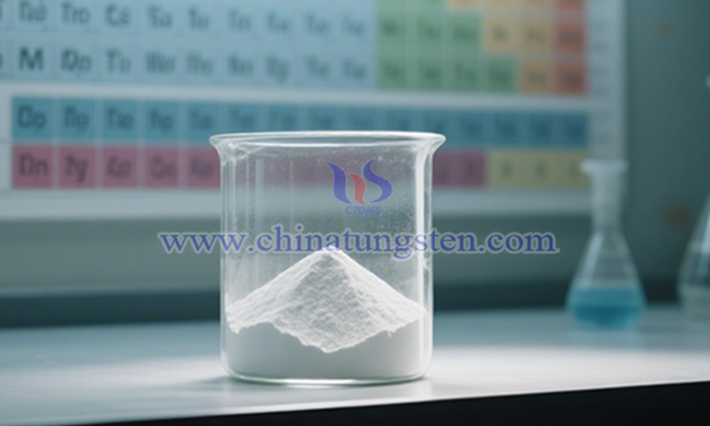
The application scenarios of ferrous tungstate span traditional and emerging fields, with its functional properties adapting flexibly to context: As a raw material for inorganic pigments and dyes, the metal ion coordination structure of FeWO? provides stable coloration. In ceramic materials, its high-temperature resistance and chemical stability enhance the mechanical strength of glazes. As a catalyst and corrosion inhibitor, the redox properties of the tungstate ion combined with the variable valence of Fe2? create synergistic catalytic centers, suitable for organic synthesis and anticorrosive coating systems. When combined with multi-walled carbon nanotubes via hydrothermal methods, the resulting composite electrode material demonstrates the high specific capacitance and cycling stability required for supercapacitors.

